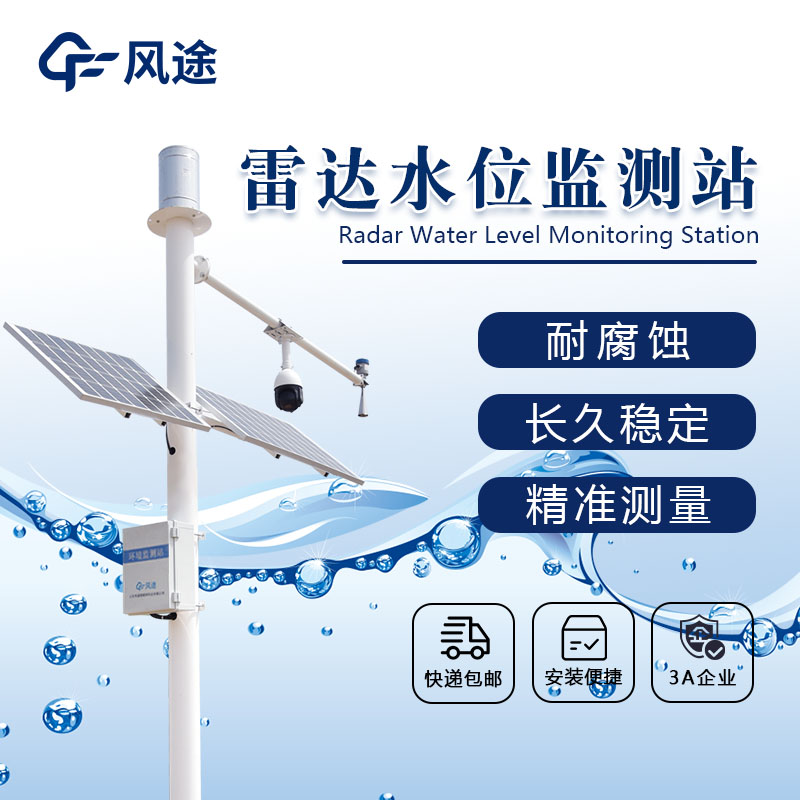Meteorological environment monitoring equipment supplier
Insist on doing high-precision customer favorite technology products
Reservoir safety monitoring is essential to ensure rational allocation of water resources and flood safety in downstream areas. With the advancement of science and technology, automated and intelligent monitoring technology has become the key to improving the safety management of reservoirs. Real-time monitoring of water levels through high-precision sensors, combined with data analysis and pattern recognition technologies, allows monitoring data to be analyzed in real time and timely warnings issued.
The use of remote sensing technologies such as satellites and drones also provides reservoirs with large-scale environmental monitoring to help understand changes in terrain and vegetation.
And the combination of GIS and database technology allows reservoir management software to centralize and analyze data. Strengthen personnel training to improve understanding and operation of the monitoring system, and develop contingency plans for rapid response to potential safety hazards. The establishment of cross-departmental cooperation and information sharing mechanisms, as well as the continuous updating of technology, are important measures to ensure the effective operation of reservoir safety monitoring systems.
Water level monitoring using radar technology can provide continuous and accurate data for reservoir management to ensure that the water level is maintained within the safety threshold.
The Water Level Monitoring Station realizes comprehensive automatic monitoring of the reservoir environment by integrating rainfall, water level monitoring and image and video acquisition functions. Upon completion, the system will provide real-time water and rainfall data to enhance the accuracy of flood forecasting, thereby improving the reservoir's flood prevention and mitigation and water resource dispatching capabilities.
Water Level Monitoring Station adopts a four-layer architecture, including sensing layer, transmission layer, platform layer and application layer. The sensing layer collects water level, flow rate, rainfall and other data through various sensors in real time, and the transmission layer utilizes water conservancy telemetry terminal equipment to transmit these data to the platform layer. The platform layer analyzes and processes the data, while the application layer is used by users for decision-making comparison.
In terms of hardware, the system is equipped with radar water level meters, flow meters, rain gauges and high-definition cameras to realize real-time monitoring of key hydrological parameters and equipment control.
In terms of software, the system software is responsible for data acquisition, transmission and control, supports 4G wireless communication through IOT water conservancy telemetry terminals, and has rich interfaces to connect more sensors and monitoring devices.
